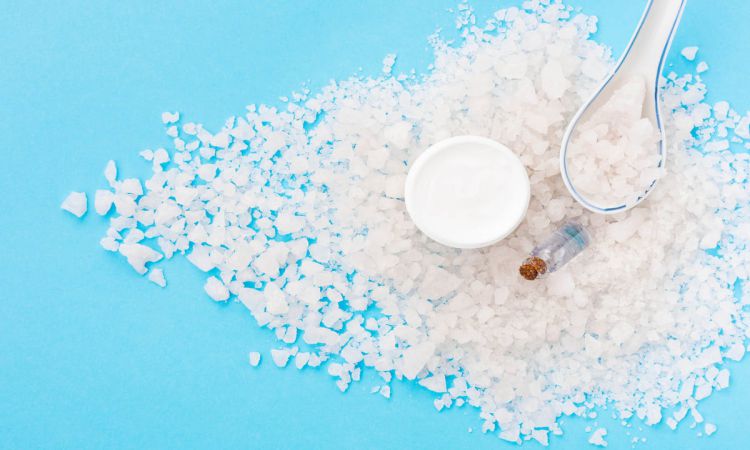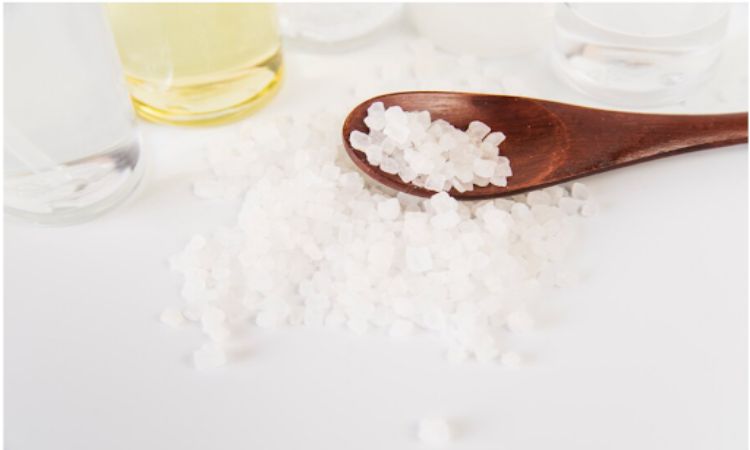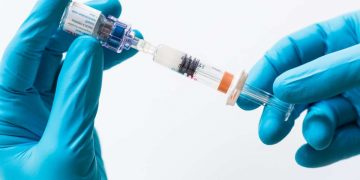 Pentaerythrityl esters are a group of chemicals used in a variety of industries, including personal care, pharmaceuticals, and plastics manufacturing. These esters are derived from pentaerythritol, a white crystalline substance that is soluble in water and alcohol. In this article, we’ll take a closer look at pentaerythrityl esters, their properties, uses, and potential risks.
Pentaerythrityl esters are a group of chemicals used in a variety of industries, including personal care, pharmaceuticals, and plastics manufacturing. These esters are derived from pentaerythritol, a white crystalline substance that is soluble in water and alcohol. In this article, we’ll take a closer look at pentaerythrityl esters, their properties, uses, and potential risks.
Table of Contents
What is Pentaerythrityl Esters?
Pentaerythrityl esters are a group of chemicals that are synthesized by reacting pentaerythritol with various acids. These esters are often used as emollients, lubricants, and solvents in a variety of applications. There are several types of pentaerythrityl esters, each with unique properties and uses.
Pentaerythrityl tetraisostearate (PTTIS) is a common pentaerythrityl ester used in personal care products such as lipsticks, lip balms, and lotions. It is a colorless and odorless liquid that is highly stable and resistant to oxidation. PTTIS is used as an emollient and skin conditioner, helping to keep the skin soft and hydrated.
Pentaerythrityl tetraethyl hexanoate (PTTEH) is another pentaerythrityl ester used in personal care products, as well as in pharmaceuticals and plastics manufacturing. It is a colorless and odorless liquid that is easily absorbed by the skin, making it a popular ingredient in moisturizers and lotions. PTTEH is also used as a solvent in some pharmaceuticals, as well as a plasticizer in some plastics manufacturing processes.
Pentaerythrityl tristearate (PTTS) is a pentaerythrityl ester used as a lubricant and plasticizer in plastics manufacturing. It is a white, waxy substance that is insoluble in water and has a high melting point. PTTS is used in the production of PVC plastics, helping to make the plastic more flexible and durable.
What are the Uses of Pentaerythrityl Esters?
Pentaerythrityl esters are used in a wide range of applications, from personal care products to pharmaceuticals and plastics manufacturing. Some of the most common uses of pentaerythrityl esters include:
Personal Care:
Pentaerythrityl esters are commonly used in personal care products such as lotions, lipsticks, and lip balms. These esters act as emollients and skin conditioners, helping to keep the skin soft and hydrated.
Pharmaceuticals:
Pentaerythrityl esters are used as solvents and plasticizers in some pharmaceuticals. They can help to improve the stability and solubility of certain drugs, making them easier to administer and more effective.
Plastics Manufacturing:
Pentaerythrityl esters are used as plasticizers and lubricants in some plastics manufacturing processes. They can help to improve the flexibility and durability of certain plastics, making them more suitable for a wide range of applications.
What are the Risks of Pentaerythrityl Esters?
While pentaerythrityl esters are generally considered safe for use in personal care products, pharmaceuticals, and plastics manufacturing, there are some potential risks associated with these chemicals.
One potential risk of pentaerythrityl esters is skin irritation. Some people may experience skin irritation or allergic reactions when using products containing these esters. It is important to patch-test new products before using them regularly and to discontinue use if any irritation or adverse reactions occur.
 Another potential risk of pentaerythrityl esters is their impact on the environment. Pentaerythrityl esters are not biodegradable and can persist in the environment for long periods of time. They may also bioaccumulate in aquatic organisms, potentially causing harm to wildlife.
Another potential risk of pentaerythrityl esters is their impact on the environment. Pentaerythrityl esters are not biodegradable and can persist in the environment for long periods of time. They may also bioaccumulate in aquatic organisms, potentially causing harm to wildlife.
Additionally, some studies have suggested that pentaerythrityl esters may have endocrine-disrupting effects, meaning they could interfere with the normal functioning of hormones in the body. More research is needed to fully understand the potential health impacts of pentaerythrityl esters.
To minimize the risks associated with pentaerythrityl esters, it is important to use these chemicals in accordance with recommended guidelines and regulations. Personal care products containing pentaerythrityl esters should be used as directed, and any unused products should be disposed of properly. In plastics manufacturing, best practices should be followed to minimize the release of these chemicals into the environment.
Conclusion:
Pentaerythrityl esters are a group of chemicals with a wide range of uses in personal care, pharmaceuticals, and plastics manufacturing. These esters are derived from pentaerythritol and can have unique properties depending on the specific acid used in the synthesis process. While pentaerythrityl esters are generally considered safe for use in these applications, there are potential risks associated with their use, including skin irritation, environmental persistence, and potential toxicity.






